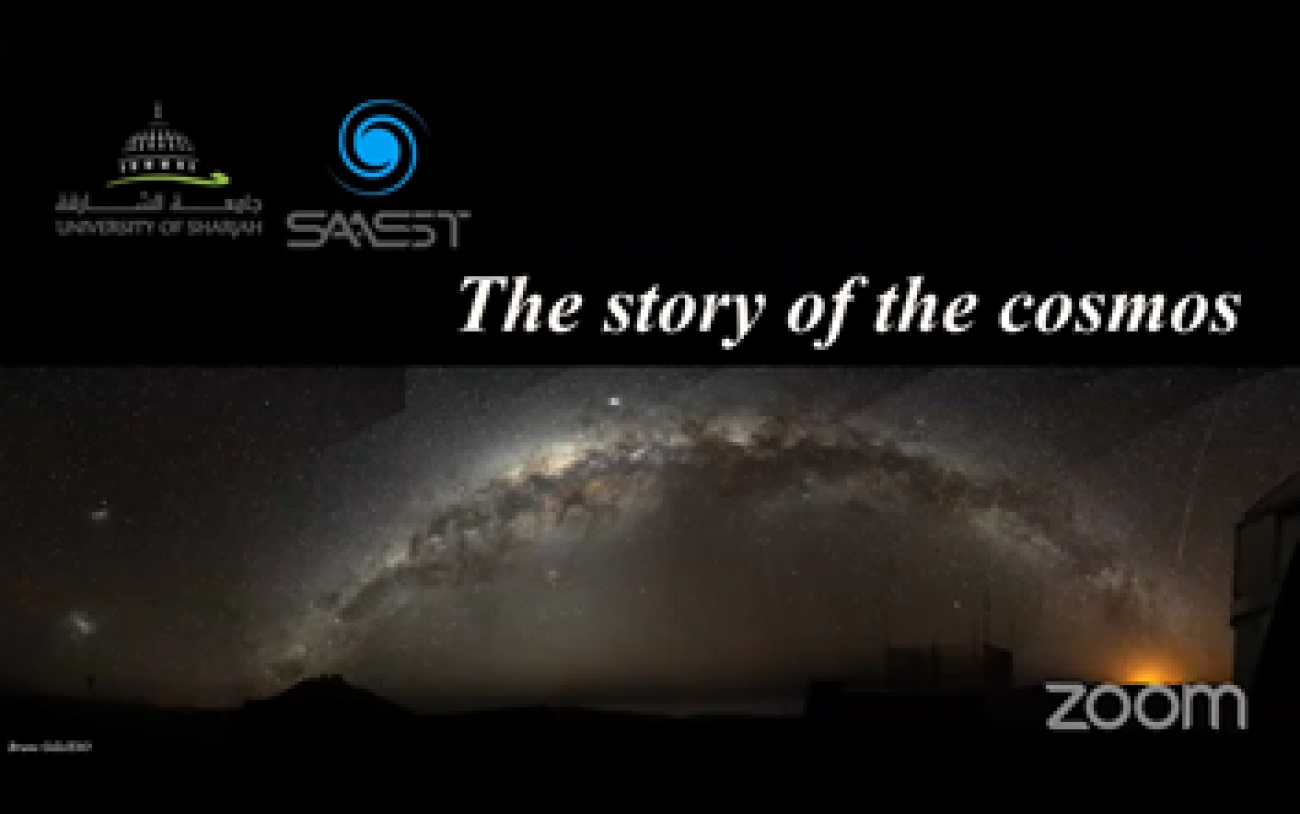The theory of the Big Bang is the prevailing model that tries to explain the existence of the Universe from its earliest stage through its subsequent large-scale evolution. The model describes how the Universe started to expand from a point of high density and temperature. It does present a good explanation of a broad range of observed phenomena, including the abundance of light elements, the large-scale structure, and the cosmic microwave background radiation.
The Big Bang model is compatible with the observed Hubble-Lemaitre law, which states that the farther away a galaxy is, the faster it moves away from Earth. When extrapolating this expansion backward in time using the known laws of physics, the theory describes an increasingly concentrated universe preceded by a singularity in which space and time have no meaning. Detailed measurements of the expansion rate of the Universe place the Big Bang singularity at around 13.8 billion years ago. This is how old the Universe is now.
The Universe eventually cooled down to permit the first subatomic particles' formation and later atoms. Giant clouds of these primordial elements, mostly hydrogen, with some helium and lithium, later coalesced through gravity, forming early stars and galaxies. Besides these primordial building materials, astronomers observe the gravitational effects of an unknown dark matter surrounding galaxies. Most of the gravitational potential in the Universe seems to be in this form, and the Big Bang theory and various observations indicate that this excess gravitational potential is not created by baryonic matter, such as normal atoms. Measurements of the redshifts of supernovae indicate that the expansion of the Universe is accelerating, an observation attributed to dark energy's existence.
The full video of the lecture can be checked through the link: https://www.youtube.com/watch?v=QZ2ODZ1Gj1I



